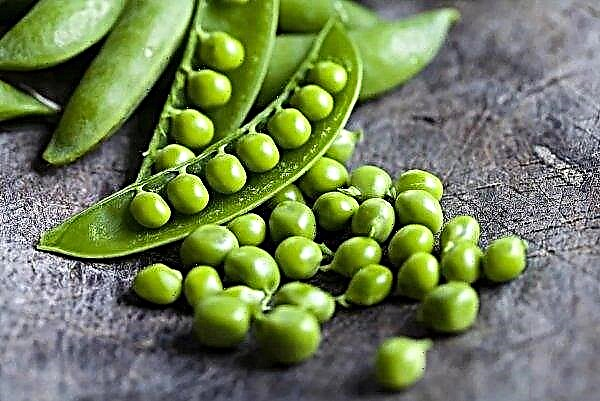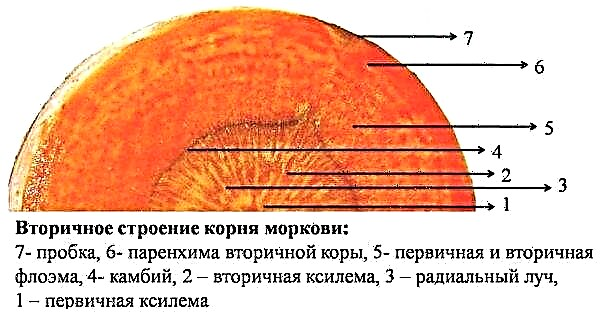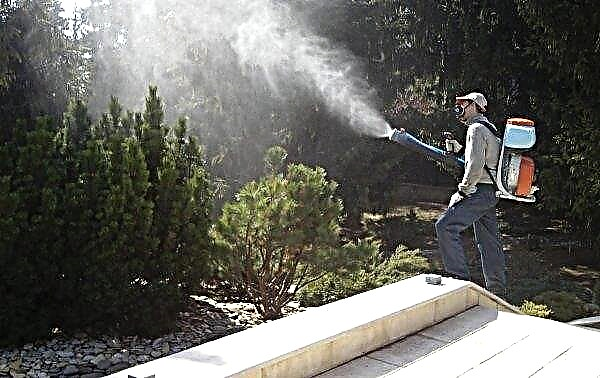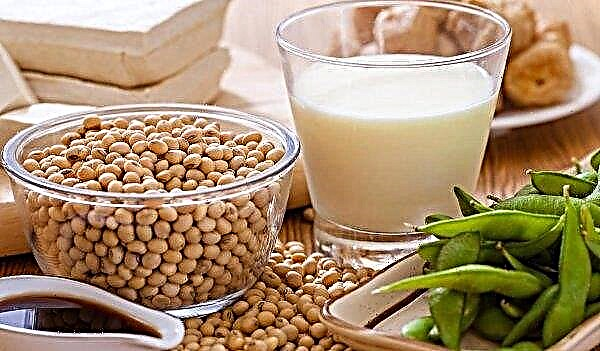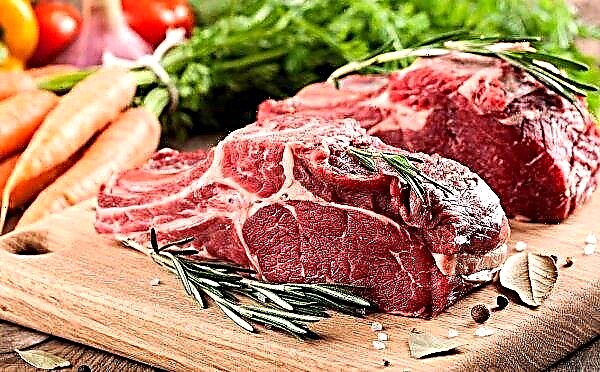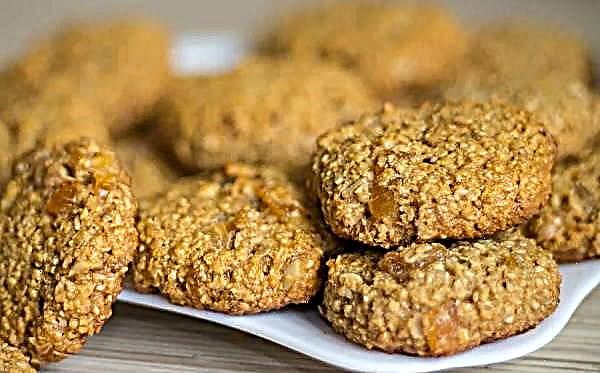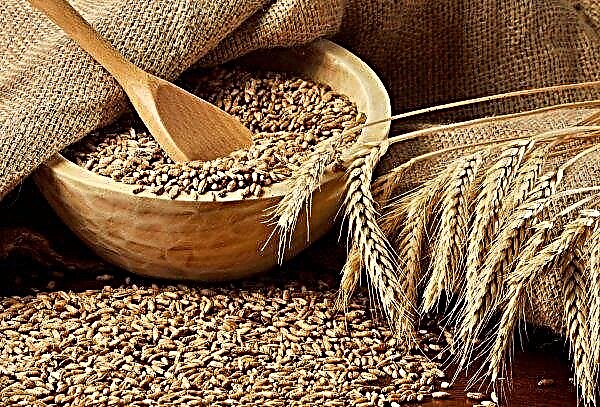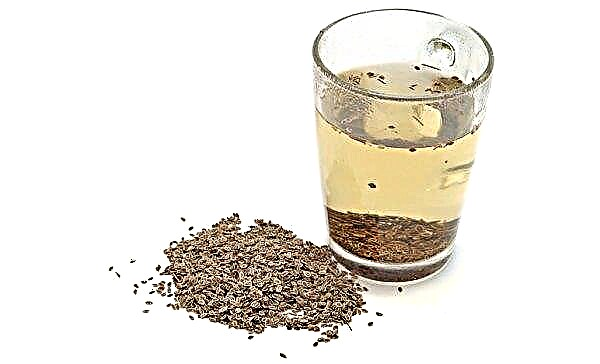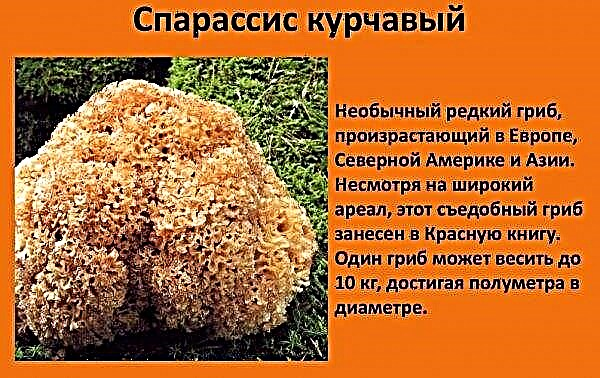Many people try to buy fresh honey, because it has not yet crystallized and is easy to add to drinks and spread on bread. Last year’s product has already crystallized, and its structure has become dense.
Chemical composition and calorie content
The composition of last year's honey is practically no different from fresh. Its calorie content is 328 kcal / 100 g.
Nutrition value of 100 g and BZHU the following:
- proteins - 0.8 g;
- fats - 0 g;
- carbohydrates - 80.3 g;
- water - 17.4 g;
- ash - 0.3 g.
The product contains a small amount of B vitamins, ascorbic acid, vitamin H, PP, niacin and carotene. There are minerals present in it - potassium, calcium, phosphorus, magnesium, sodium, sulfur, chlorine, iron, copper, iodine, cobalt, manganese, fluorine, zinc. Last year's honey contains enzyme substances (invertase, diastase, catalase, lipase), as well as pollen grains, coloring and aromatic substances, depending on the type of honey bee used by bees. In general, about 300 substances are identified in this in the beekeeping product, but its composition has not been fully studied. Their quantitative content may vary, depending on the honey plant.
Their quantitative content may vary, depending on the honey plant.
Last year's honey: useful or not?
According to GOST, a hermetically sealed product can be stored for up to 2 years. The content of vitamins during annual storage at a temperature of + 28 ° С drops to 20%, and the diastase number, which indicates the number of enzymes, is almost halved.
Did you know? From the point of view of scientists, honey does not have an expiration date. In the tomb of Tutankhamun was found a pot of sweet nectar, which was several thousand years old. He was examined and found fit for food.
However, this natural sweetness is not considered as a source of vitamins and enzymes, since they are few in it. It is useful for its nutritional value, antimicrobial and bactericidal properties. During storage, chemical processes continue to occur in it and its composition changes somewhat. By the end of the second year, when stored in room conditions, the amount of fructose (by 5%) and glucose decreases by about 13% in honey, but the content of sucrose and maltose increases. But the antimicrobial effect of the product does not change at all - provided there is no direct sunlight and heating. So, when the question arises about the usefulness of last year's honey, the first thing to consider is the quality of the original product and its storage conditions. If the bees were fed sugar syrup or the honey itself was interfered with third-party additives, then such a product loses its share of its usefulness.
If the bees were fed sugar syrup or the honey itself was interfered with third-party additives, then such a product loses its share of its usefulness.
In addition, many do not like the density of the crystallized beekeeping product and they heat it to make it liquid. This leads to a loss of antimicrobial action, a decrease in the content of enzymes. Unscrupulous sellers often try to pass off such a product as fresh and not yet crystallized honey, and it no longer has the properties for which they are buying.
Which honey is healthier - fresh or last year?
All fermentation processes in the main beekeeping product are completed after 9 months, and it is more easily absorbed by the body. As a result of this, the pancreas is not loaded so much as when using fresh. Aged product is less allergenic.
 The usefulness of a sweet product, to a greater extent, depends on its origin.
The usefulness of a sweet product, to a greater extent, depends on its origin.
The traditional Indian system of medicine Ayurveda recommends eating last year’s honey as the most healthy one. The Japanese consider the 15-year-old product to be valuable. Representatives of the Russian nobility in pre-revolutionary times preferred to consume it, having previously endured 5 years. The antimicrobial properties of fresh and last year's product are the same (subject to proper storage).
Did you know? The highest antimicrobial activity is possessed by honeydew honey from conifers and chestnut. A solution at a concentration of 1:64 stops the activity of Staphylococcus aureus. While the product collected from linden and heather was 4 times more concentrated, it only stopped its growth. The remaining species had an even weaker effect on bacteria.
Rules for choosing a quality product when buying
When buying honey, you should adhere to the following rules:
- If the product is last year's, then it must be subjected to a crystallization process, that is, be thick. Otherwise, if the consistency is liquid, then this product is a fake. The exception is only some types of honey (acacia, honeydew).
- The fragrance should be pleasant.
- The product should not taste sour.
- White foaming should not be present.
- The cost of a beekeeping product should not be low.
- Real honey sticks to a spoon and stretches in a continuous stream. If it breaks and drips, then the product contains too much water.
Video: how to check whether real honey at home
You can buy a small amount of nectar and test it at home as follows:
- Dilute a little sweet substance in a small volume of water and drop 5 drops of pharmacy iodine into it. Acquisition of a blue solution will indicate the presence of starch.
- Make a solution, as in the previous paragraph, and add vinegar essence. If hissing is observed, this indicates the presence of chalk in the nectar.
- Dip a chemical pencil in honey. Too noticeable bright color will indicate an increased water content.
Important! You need to purchase goods from a well-established seller. Do not make a purchase in a bazaar or spontaneous market. It is best to buy sweets from friends - apiary owners.
How does last year's honey affect the human body?
Last year's honey, when used correctly, helps to restore and maintain a supply of healthy elements for the body. With proper and moderate use, it retains the level of nutrients needed by the human body for a full life.
- Honey has the following beneficial effects on the human body:
- It makes the skin cleaner, promotes its regeneration. It actively promotes the removal of toxins and harmful substances that cause the appearance of pimples, clogging of pores and contribute to the aging of the skin. In addition to ingestion, you can make masks that improve the condition of the skin.
- Losing weight. Despite the high calorie content, sweet nectar accelerates metabolism, which is very important in the process of getting rid of extra pounds.
- Normalizes cholesterol. Contains elements that normalize cholesterol in the blood.
- Strengthens blood vessels. Regular consumption of this sweetness in food helps prevent cardiovascular diseases. The antioxidants contained in it counteract the narrowing of the arteries and prevent the formation of blood clots.
- Improves memory. Helps prevent the development of sclerosis and has a beneficial effect on brain activity.
- Normalizes sleep. The beekeeping product enhances the production of the hormone melatonin, which is "responsible" for the normalization of the process of falling asleep and further sleep.
- Improves the functions of the digestive tract, promotes healing of wounds on the intestinal mucosa, inhibits pathogenic bacteria, is a prebiotic.
- Antidepressant. Glucose, which is necessary for brain neurons, helps to relax, reduces mental and nervous tension.
- It stops inflammation. This is an excellent remedy for colds and viruses. Relieves the condition with flu, sore throat, cough, runny nose.

In what areas is honey used?
It is widely used in various areas of human life:
- Cookery. It is part of recipes for baking, confectionery, sauces, marinades, drinks (both alcoholic and non-alcoholic).
- Medicine. This product contains many biologically active elements, therefore it is a part of medications, being a natural antiseptic and an excellent tonic, enhances immunity.
- Cosmetology. As an ingredient, it is part of many creams, masks and body care products.
Did you know? The ancient Sumerians, Egyptians and Indians consumed honey for the treatment. Hippocrates and Aristotle and Avicenna mentioned its use for medical purposes. Honey therapy has not lost its relevance in the modern world.
Harm and contraindications to honey
When consuming last year's honey, the recommended norms should be observed - it is an allergenic food raw material, as it contains pollen from plants. In the presence of an allergic reaction to bee products, it is forbidden to consume it in food. In this case, even a small amount can cause serious harm. For the same reason, it is not recommended to give it to children under 3 years old, and if sweetness is introduced into the child’s diet for the first time, then only in small quantities and at the same time monitor the body’s reaction.

- The following contraindications for the use of nectar:
- Individual intolerance. Allergic reactions can occur - rash, itching, redness, runny nose, respiratory failure. At the first signs of not perceiving this product, you should completely abandon it and consult a doctor.
- Excessive enthusiasm for natural sweetness can contribute to pancreatic problems.
- With excess weight, it is necessary to limit the consumption of this ingredient, since it is quite high-calorie.
- With gastritis, do not consume this sweet on an empty stomach. It should be used as an additive to other products - cottage cheese, porridge.
- In diabetes mellitus, this beekeeping product must be consumed in limited quantities due to the high content of sucrose and glucose.
Important! Honey should not be heated above 45 ° C, as it loses its beneficial properties. The optimum storage temperature is the interval: -6 ... + 20C. The storage area should be dark and dry.
Do not be afraid to buy last year's crystallized honey. It has the same beneficial properties as fresh, but is "easier" processed by the body. The crystallized structure is one of the signs of the naturalness of honey.



